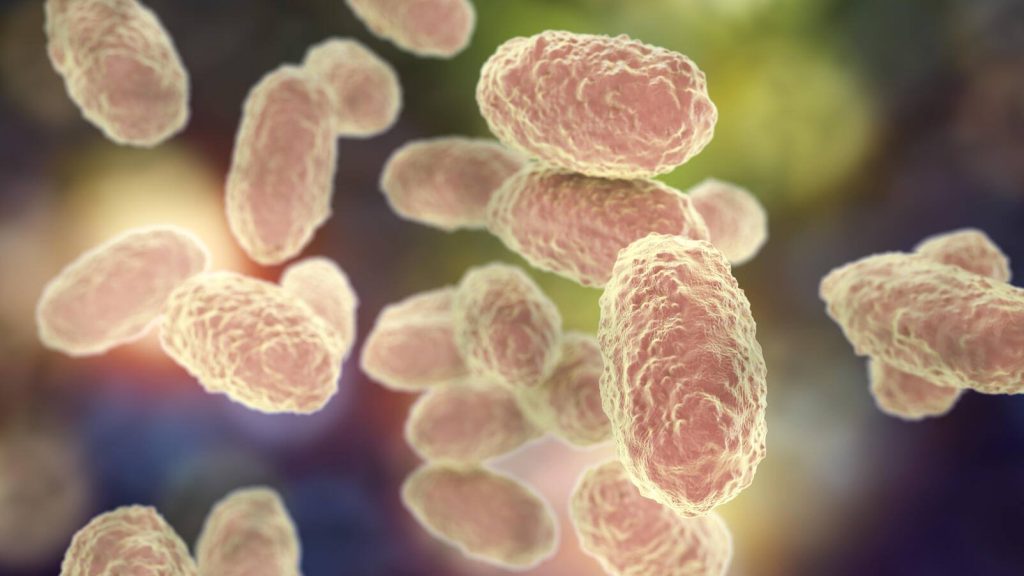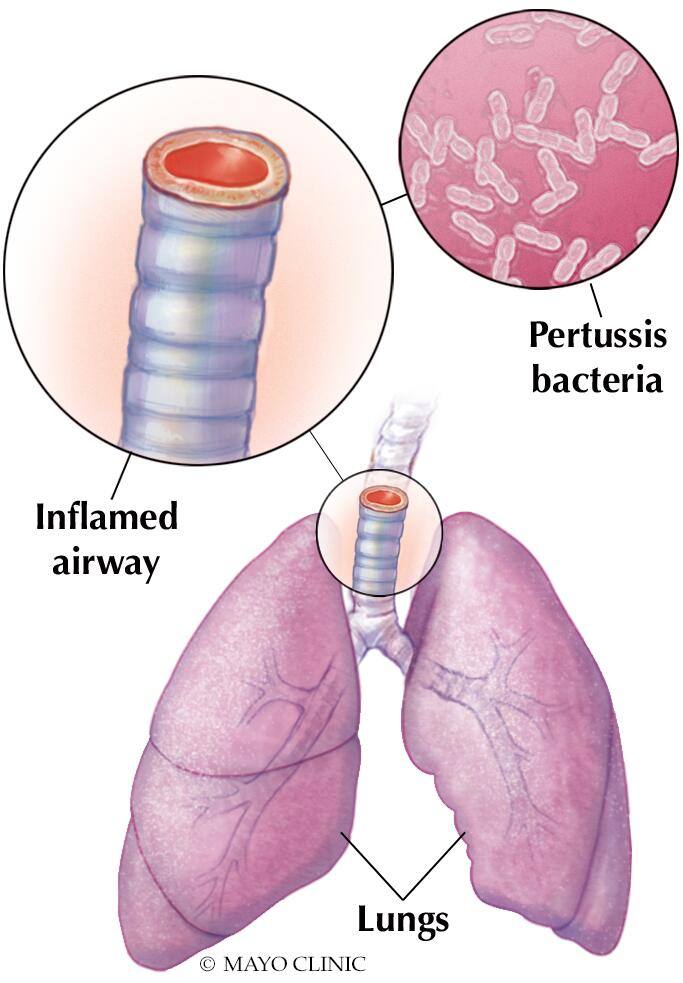
Pertussis, commonly known as whooping cough, is an infectious respiratory illness caused by Bordetella pertussis bacteria. It spreads through the air when an infected person coughs or sneezes.
"This is an infection that causes quite a significant cough," says Dr. Nipunie Rajapakse, a pediatric infectious diseases expert with the Mayo Clinic Children's Center. "It can start like a cold with some runny nose, which then turns into a cough."
Watch: Dr. Nipunie Rajapakse explains pertussis, or whopping cough
Journalists: Broadcast-quality sound bites with Dr. Rajapakse are available in the downloads at the end of the post. Please courtesy: "Mayo Clinic News Network." Name super/CG: Nipunie Rajapakse, M.D./Pediatric Infectious Diseases/Mayo Clinic.
The infection is characterized by a severe hacking cough followed by a high-pitched intake of breath that sounds like "whoop."
"Generally, the kids who have it can have bouts of coughing where they can't catch their breath. And then after the coughing is finished, they take a big, deep breath to catch their breath from it, and that's where that whooping sound comes from," Dr. Rajapakse says.
Early symptoms of whooping cough
- Runny nose.
- Nasal congestion.
- Red, watery eyes.
- Fever.
- Cough.
Later symptoms of whooping cough
- Vomiting during or after coughing fits.
- Struggling to breathe.
- Extreme fatigue or exhaustion.
- Ending with a high-pitched "whoop" sound during the next breath of air.
Not everyone with the infection will develop a whoop-sounding cough, and infants may not cough at all. Instead, they may struggle to breathe, or they may even stop breathing temporarily.

Pertussis bacteria produce toxins that inflame the airway.
When to seek medical attention
- Struggling to breathe.
- Turning blue or purpose.
- Coughing violently or rapidly.
- Not drinking enough fluids.
People of all ages can become infected. However, whooping cough is especially dangerous for babies, particularly those under 6 months. It can lead to severe breathing issues, which may require hospitalization.
Prevention
Whooping cough is a vaccine preventable disease. "Thankfully, this is an infection we have a vaccination for," says Dr. Rajapakse.
There are two types of vaccine available:
- Diphtheria, tetanus, Pertussis (DTaP)
This vaccine is for children younger than 7 years old. - Tetanus, Diphtheria, Pertussis (Tdap)
This vaccine is for older children and adults, including pregnant women.
Tdap is recommended for pregnant women in each pregnancy to provide babies with early protection against pertussis. This is crucial because the first few months of life pose the highest risk for serious illness, and babies don't receive their first pertussis vaccine dose until they're 2 months old.
Dr. Rajapakse says it's important for anyone in close contact with newborns and young infants, such as parents, grandparents or child care providers, to ensure they are up to date on their pertussis vaccination.
Practicing good hand hygiene also can help reduce the spread of respiratory infections.
Related Articles






